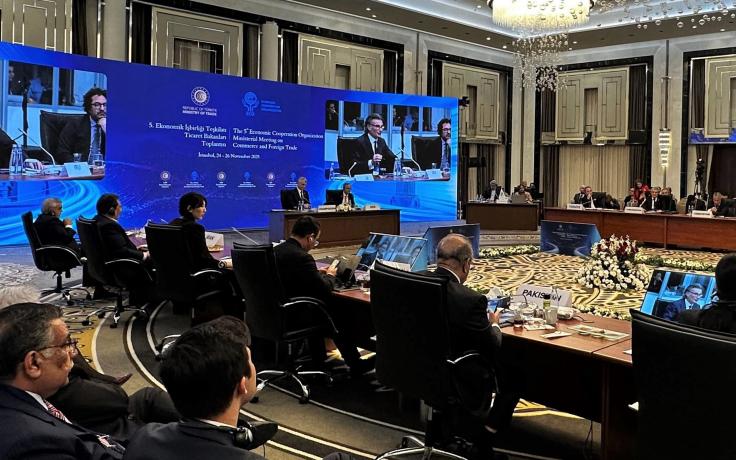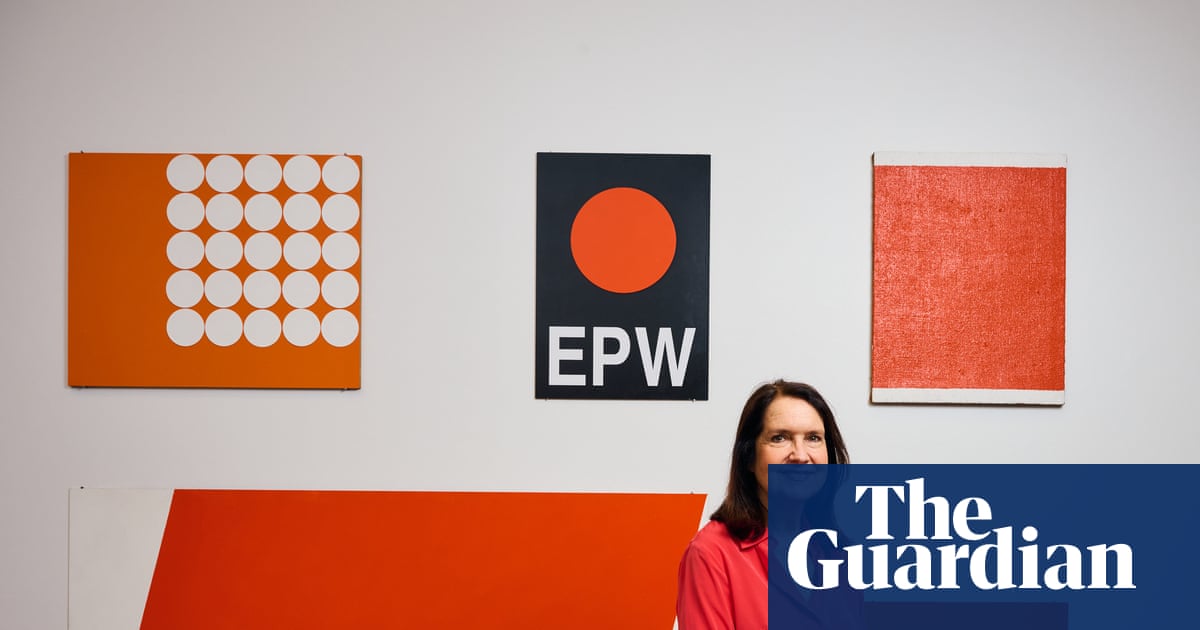- From Nvidia to Nike, American firms face a margin squeeze The Economist
- “Magnificent 7” Companies Reported Lowest Earnings Growth Since Q1 2023 FactSet Insight
- Nvidia, Apple, Tesla to Alphabet: Mega-cap stocks lead earnings growth for S&P 500 in September quarter livemint.com
- Mag7 Earnings Snapshot: Nvidia Tops List, But Heres Where Apple, Google, Meta & Others Stand NDTV Profit
- Breakingviews – Humble 493 hang tough with the Magnificent 7 Reuters
Blog
-
From Nvidia to Nike, American firms face a margin squeeze – The Economist
-

Malgosia Turzanska on ‘Hamnet’ Costumes
With “Hamnet,” costume designer Malgosia Turzanska balanced the heart of Chloé Zhao‘s latest film, an adaptation of the novel by Maggie O’Farrell, and the period piece in which the film takes place. “The emotional core of it is so…
Continue Reading
-

ECO region push on trade facilitation and digital border solutions | IRU
The Economic Cooperation Organization (ECO) region is a leading user of the TIR system, with three of its members – Uzbekistan, Iran and Türkiye – being the top carnet issuers globally. IRU outlined key measures to ministers to…
Continue Reading
-

this funny, heartfelt crowd-pleaser is a worthy sequel with something to say
Zootropolis 2 arrives in cinemas with real confidence: a fun, fast-paced sequel bursting with sharp gags, lovable characters, beautiful animation design and a heartwarming central message which avoids turning syrupy. The film, titled…
Continue Reading
-

SEC probes Jefferies over First Brands
Unlock the Editor’s Digest for free
Roula Khalaf, Editor of the FT, selects her favourite stories in this weekly newsletter.
The US Securities and Exchange Commission is investigating investment bank Jefferies over its relationship with collapsed car parts company First Brands Group.
The regulator is seeking information about whether Jefferies gave investors in its Point Bonita fund enough information about their exposure to the auto business, which filed for bankruptcy in September with $12bn in debt, according to two people with knowledge of the matter.
It is also looking into internal controls and potential conflicts within and between different parts of the bank. The SEC’s inquiry is at an early stage and it is not clear whether it will result in any allegations of wrongdoing.
Jefferies chief executive Rich Handler said last month that the bank believes it was “defrauded” by First Brands, whose collapse raised questions about lending standards in the fast-growing but opaque private credit industry. He said the company’s bankruptcy had not seriously harmed the bank’s core business.
The existence of a civil probe into Jefferies’ relationship with First Brands is a sign of how the company’s collapse is affecting other financial institutions.
The regulator, a civil enforcement body rather than a criminal prosecutor, often asks questions about high-profile cases and those probes do not necessarily mean any wrongdoing has taken place. It is not clear whether the SEC is also looking into other financial firms’ dealings with First Brands.
Jefferies declined to comment. The SEC said it does not comment on the existence or non-existence of a possible investigation.
Jefferies had a long-standing relationship with First Brands, which included advising the company, providing it with opaque invoice financing and placing billions of dollars of loans with other investors.
In October Jefferies said a specialist invoice-finance fund it manages, Point Bonita Capital, had about $715mn invested in “receivables” — money owed under customer invoices — from retailers that bought First Brands products such as windscreen wipers to sell to consumers.
Jefferies has said the receivables were due from blue-chip companies including Walmart. Point Bonita documents did not list any exposure to First Brands as of June, but showed that the fund’s second and third largest exposures were to its customers, Walmart and auto parts retailer O’Reilly.
However, in a statement in October the bank said First Brands had been “directing” funds from customers to Point Bonita, rather than the Jefferies fund receiving payment from Walmart and others directly. Bankruptcy filings have confirmed that invoice lenders that provided $2.3bn of financing linked to receivables were all paid by First Brands rather than its customers.
The Financial Times also reported in October that Jefferies earned extra fees on financing it provided to First Brands through a “side letter” with the company, which some lenders said was not disclosed to them and may have violated the terms of their loan.
Jefferies has since confirmed the existence of the arrangement. It stated that First Brands received a legal opinion confirming the fees did not breach its loan terms and that a document listing the letter was disclosed to all of the group’s lenders.
Separately, federal prosecutors at the US Department of Justice have opened an inquiry into the collapse of First Brands, the FT reported last month.
First Brands founder Patrick James this month regained access to his bank accounts after winning a court battle against the company, which was trying to extend a freeze on his assets.
Additional reporting by Rob Smith in London and Stefania Palma in Washington
Continue Reading
-

Football, CONMEBOL Libertadores 2025: Palmeiras and Flamengo meet in all-Brazilian Copa showdown
2025 CONMEBOL Libertadores final – Palmeiras and Flamengo’s paths to the final
Flamengo and Palmeiras are the top two teams in Brazil, currently sitting first and second respectively in the Campeonato Brasileiro Série A. Flamengo have won…
Continue Reading
-

With $200 off this Black Friday, this telescope is our recommendation for astrophotographers
What’s better than gazing into the depths of the cosmos, taking in all its amazing sights? Capturing those sights and sharing them with others, which is where the Celestron Origin Home Observatory comes and, thanks to B&H Photo’s Black Friday…
Continue Reading
-

Rotterdam Fest IFFR Pro 2026 Sets Co-Production, Immersive Programs
The International Film Festival Rotterdam (IFFR) is adding a focused immersive projects program, organizers said on Thursday as they unveiled titles for the 2026 co-production market and works-in-progress section.
IFFR unveiled a…
Continue Reading
-

Eggshells, onion bags and five years painting only in orange: the playful avant-garde art of John Nixon | Australian art
John Nixon, the late Australian avant-garde artist, would sometimes save the shells from his boiled eggs and sprinkle them across blank paint, creating his own starry night. Other times he’d set himself rules, such as painting only in orange…
Continue Reading
-

Thanksgiving night sky 2025 — Moon, Saturn and autumn stars put on a post-turkey show
The National weather outlook for Thanksgiving Day suggests that much of the country will enjoy generally fair weather. The exceptions will be for parts of the Great Lakes where snow showers and flurries will fall, along with perhaps some locally…
Continue Reading